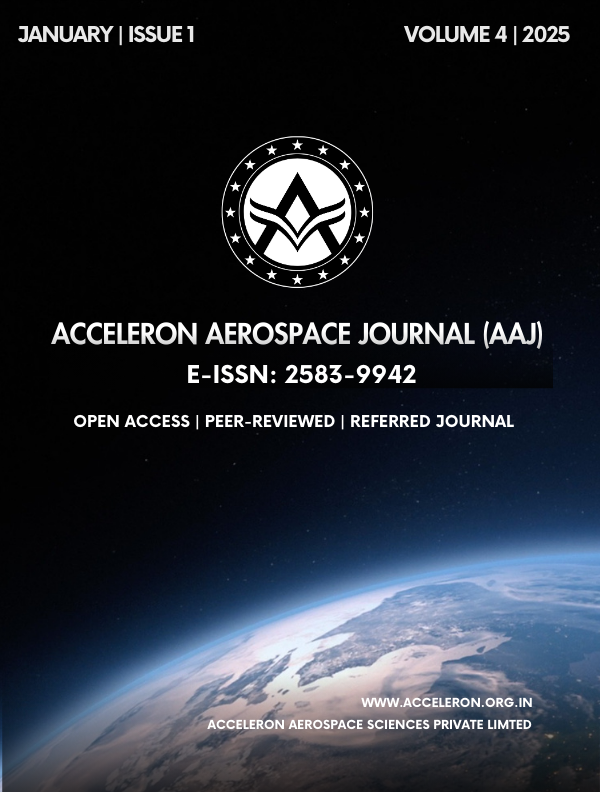Exploring the Formation, Dynamics, and Structure of Galaxy Clusters: A Comprehensive Analysis
DOI:
https://doi.org/10.61359/11.2106-2503Keywords:
Galaxy, Clusters, Galaxy Formation, Galaxy Dynamics, AstrophysicsAbstract
This study explores the formation, structure, and dynamics of galaxy groups and clusters, highlighting their significance in the cosmic web. Galaxy clusters are massive, self-gravitating systems that display complex interactions influenced by dark matter and the intracluster medium (ICM). Recent advancements in X-ray and optical observations have significantly improved our understanding of the morphology and kinematics of these clusters, shedding light on the processes governing their evolution. The research employs the virial theorem to determine mass distributions and examines gravitational lensing effects to probe the mysterious nature of dark matter. Key challenges addressed include understanding how galaxy clusters form, analyzing the dynamics of the galaxies within them, and identifying the missing mass that holds these structures together. By combining observational data with theoretical models, this investigation aims to enhance our comprehension of the Universe's large-scale structure and the fundamental forces driving galaxy group dynamics.
Downloads
Downloads
Published
How to Cite
Issue
Section
Categories
License
Copyright (c) 2025 Acceleron Aerospace Journal

This work is licensed under a Creative Commons Attribution 4.0 International License.
The Acceleron Aerospace Journal, with ISSN 2583-9942, uses the CC BY 4.0 International License. You're free to share and adapt its content, as long as you provide proper attribution to the original work.





